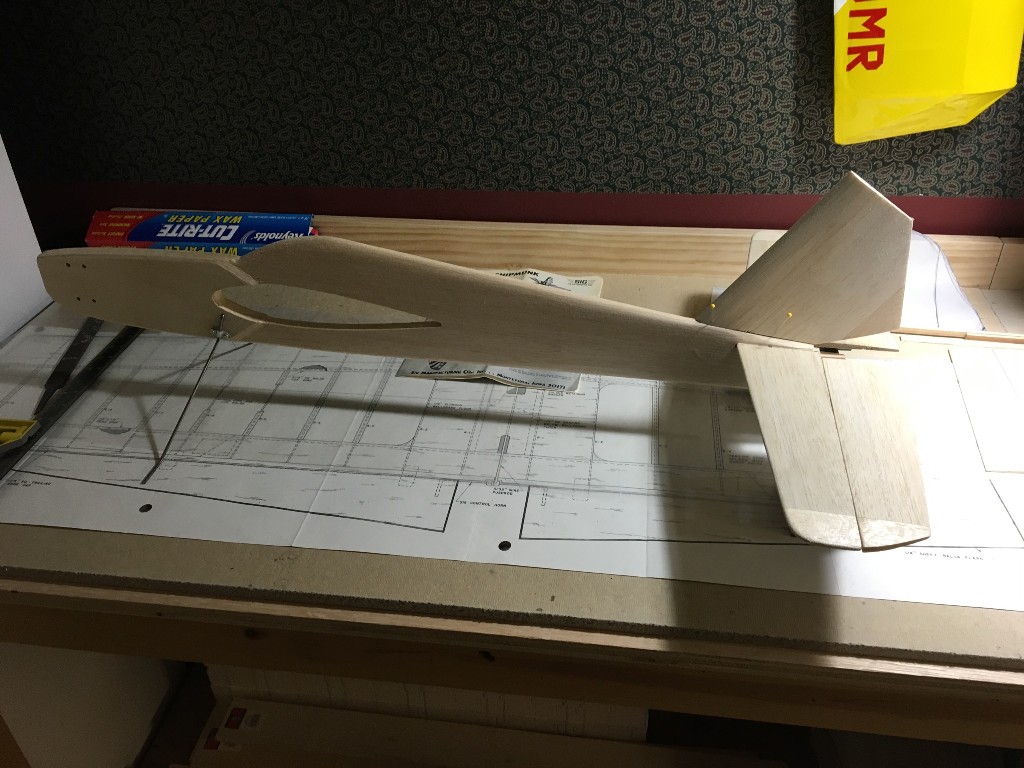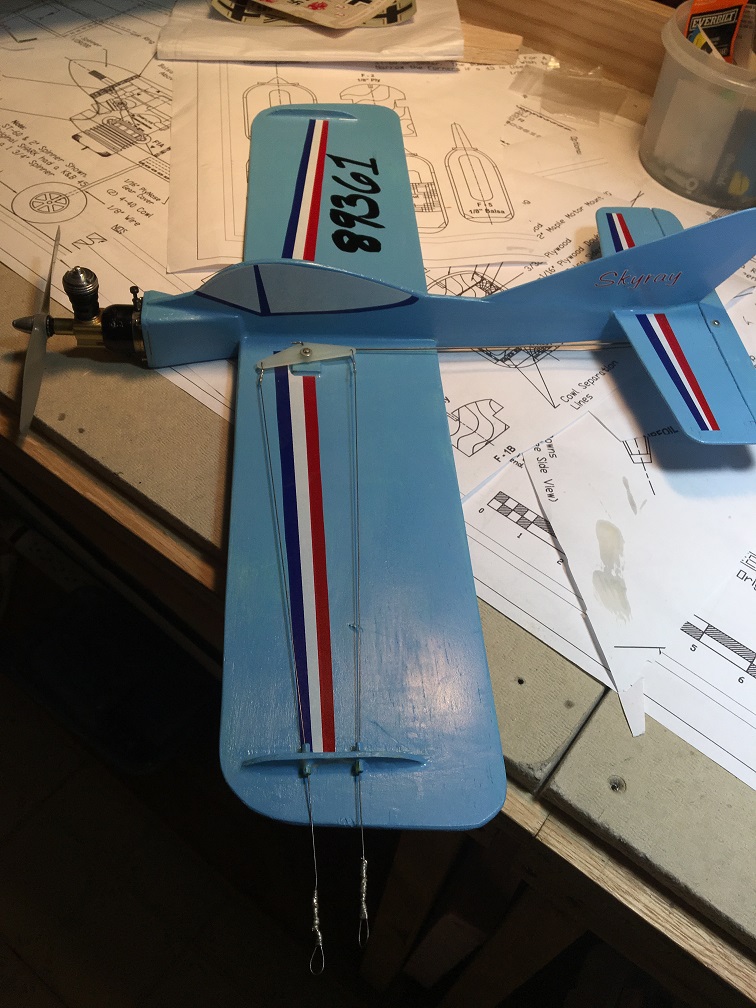Model Types
There is a great variety of Control Line Model Airplanes. The design characteristics are most significantly determined by the event or purpose for which they are designed to be used. While this site is specifically intended for control line beginners and sport flyers, there is also information here on the various control line competitive events. These events are as follows:
- Aerobatics
- Carrier (Navy Carrier)
- Combat
- Racing & Team Racing
- Scale
- Speed
Regardless of the event, however, Control Line Model Airplanes typically fall into two categories: Profile or Full Fuselage.
- Profile: These models have a fuselage made usually from a solid piece of balsa. There are usually some sort of doubler on the nose or where the engine is mounted. The advantage of this type of plane is that they are fairly rugged, and easier to repair if broken in a crash. Here is an example of a profile model airplane being constructed. Note that there is a airfoil shaped hole in the fuselage where the wing will be inserted. The plane in the second photograph also has a sheet balsa wing.
- Full Fuselage:trong>These models have a fuselage that is built up to resemble a full size aircraft. Sometimes construction methods are used that are identical in process to full-size airplanes. Typically full fuselage airplanes are not used for beginners or training aircraft, because a crash means a lot more work to repair, and getting alignment of the aircraft components is more difficult. Here is an example of a plane with a built up fuselage:


